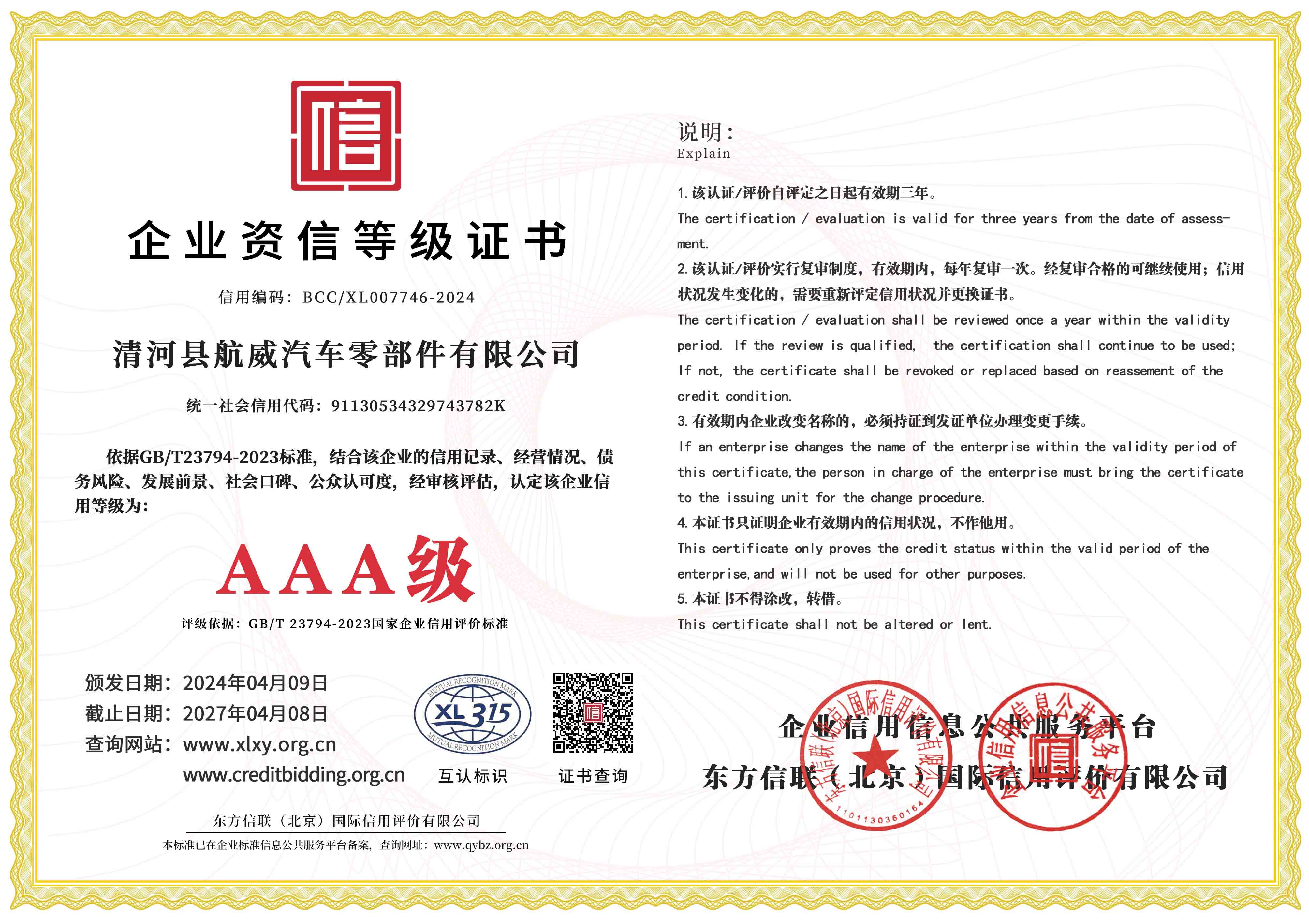Exploring the Impact of Throttle Control on Engine Performance and Efficiency in Modern Vehicles
Understanding Throttle Wire Function and Importance in Automotive Systems
Throttle wire, an essential component in many vehicles, plays a crucial role in controlling engine performance and efficiency. As the automotive industry evolves, so does the technology surrounding throttle systems, influencing how drivers interact with their vehicles. In this article, we will explore the function of throttle wires, their importance, and the advancements that have accompanied their usage.
At its core, the throttle wire is responsible for connecting the accelerator pedal to the throttle body in internal combustion engines. When a driver presses the accelerator, the throttle wire transmits this action to the throttle body, which regulates the amount of air entering the engine. This air-fuel mixture is vital for combustion and directly affects the vehicle's power and efficiency. Thus, the throttle wire serves as a physical link that translates driver input into engine response.
Historically, throttle wires operated through a mechanical linkage, which means that the movement of the accelerator pedal was translated directly to the throttle body via a cable
. While this system is simple and effective, it has some limitations, including wear and tear over time, which can lead to inconsistent throttle response. As a result, many modern vehicles are shifting towards electronic throttle control (ETC) systems that eliminate the need for a physical throttle wire. Instead, ETC systems use sensors to detect the position of the accelerator pedal and send electronic signals to the throttle body.The transition from traditional throttle wires to electronic systems has been a game-changer in automotive design. One of the significant benefits of ETC is enhanced precision in throttle control, allowing for smoother acceleration and better engine performance. Moreover, electronic systems can integrate with various vehicle technologies, such as cruise control and traction control, further optimizing driving dynamics.
throttle wire

In addition to performance improvements, electronic throttle control has also contributed to safety enhancements. ETC systems can detect potential problems such as a stuck accelerator and take corrective measures without driver intervention. For instance, if the system detects that the accelerator pedal is fully depressed without a corresponding increase in speed, it may reduce engine power to prevent accidents, showcasing the intelligent interplay between driver actions and vehicle safety protocols.
Despite these advancements, the presence of throttle wires in older vehicles and certain applications remains significant. For classic car enthusiasts, the tactile feedback of mechanical throttle systems is often preferable, offering a direct connection between the driver and the vehicle. Furthermore, in certain industrial and agricultural machinery, throttle wires are still favored for their simplicity and reliability in rugged environments.
However, the automotive industry continues to prioritize innovation. With the rise of electric vehicles (EVs), traditional throttle wires are becoming increasingly obsolete. EVs utilize sophisticated software and sensors to manage acceleration without the need for mechanical components, adhering to the industry's movement towards sustainability and efficiency.
In conclusion, throttle wires have played a critical role in the evolution of automotive technology. While traditional mechanical systems served their purpose, the shift towards electronic throttle control has revolutionized engine management, providing greater precision and safety. As we look toward the future, the advancements in vehicle technologies are likely to further minimize the role of throttle wires in favor of more integrated and efficient solutions, particularly with the growing dominance of electric vehicles. Understanding the significance of throttle wires and their evolving role in automotive systems is essential for appreciating the innovations that drive modern transportation.
-
Upgrade Your Control with Premium Throttle CablesNewsAug.08,2025
-
Stay in Control with Premium Hand Brake CablesNewsAug.08,2025
-
Experience Unmatched Performance with Our Clutch HosesNewsAug.08,2025
-
Ensure Safety and Reliability with Premium Handbrake CablesNewsAug.08,2025
-
Enhance Your Vehicle with High-Performance Clutch LinesNewsAug.08,2025
-
Elevate Your Ride with Premium Gear CablesNewsAug.08,2025
